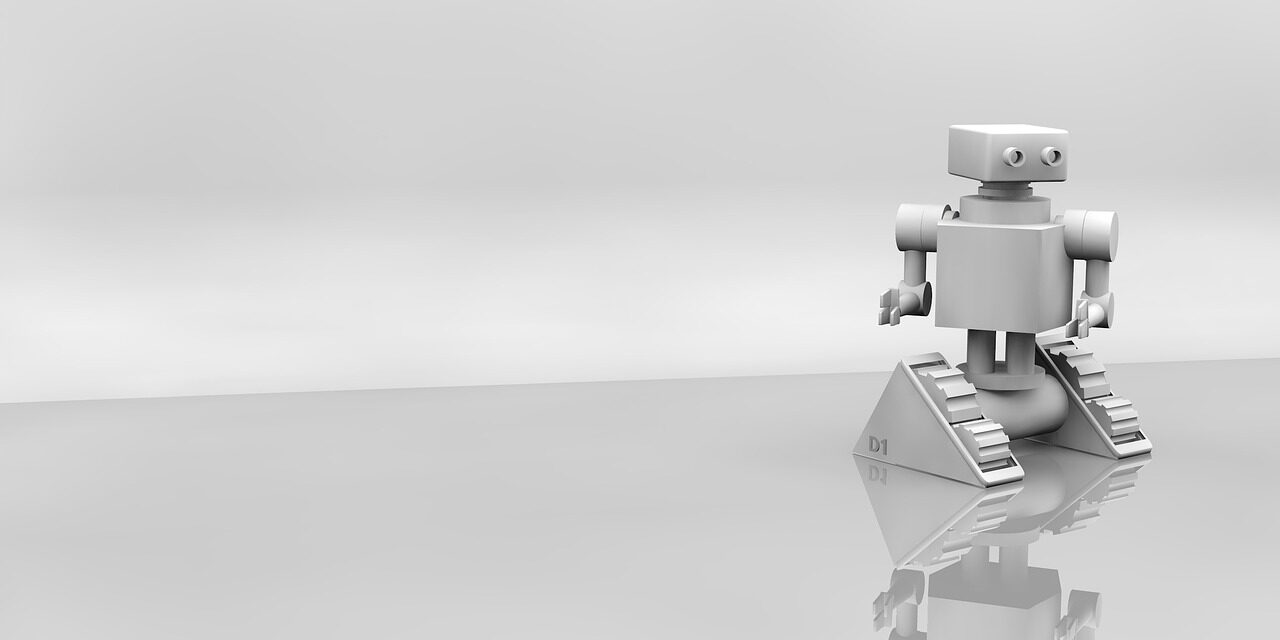Introduction to Potential of 4D Printing
Potential of 4D Printing In the ever-evolving world of manufacturing, innovation knows no bounds. From 3D printing to the Internet of Things (IoT), the industry constantly seeks new ways to enhance efficiency, reduce waste, and unlock previously unimaginable possibilities. One such innovation, 4D printing, has the potential to reshape manufacturing as we know it. In this blog, we’ll delve into the remarkable world of 4D printing and explore how it’s revolutionizing the manufacturing landscape.
Understanding 4D Printing
While 3D printing is widely celebrated for its capacity to create three-dimensional objects from digital designs, 4D printing takes the concept a step further. It adds a fourth dimension: time. This dimension allows 4D-printed objects to change shape, adapt, or self-assemble in response to environmental stimuli, such as heat, humidity, pressure, or light.
4D printing is essentially an evolution of 3D printing, with the addition of smart materials that can be programmed to respond to specific conditions or triggers. These materials are often referred to as “shape-memory materials” or “smart materials.”
Key Advantages of 4D Printing
- Adaptive and Self-Assembling: 4D-printed objects can adapt to their environment. For example, a 4D-printed pipe could change its shape in response to changes in pressure or temperature, reducing the risk of leaks or damage.
- Reduced Waste: Traditional manufacturing processes often produce excess waste. With 4D printing, there is potential for more efficient use of materials since objects can be designed to optimize their form based on usage requirements.
- Complex Geometry Made Easy: 4D printing enables the creation of highly intricate and complex shapes that would be challenging or impossible to produce using conventional manufacturing techniques.
- Customization: Products can be designed to respond to specific conditions, which opens up new possibilities in personalization and tailoring products to individual needs.
Applications of 4D Printing
4D printing is still an emerging technology, but its potential applications are vast and diverse:
- Medicine: 4D-printed medical implants could change shape within the body to better fit a patient’s anatomy, improving both comfort and functionality.
- Construction: 4D printing could revolutionize construction by allowing materials to self-assemble, reducing the need for manual labor.
- Aerospace: 4D-printed components that respond to changing conditions, such as heat or pressure, could improve the safety and efficiency of aircraft.
- Fashion: Shape-changing clothing and accessories, adapting to temperature or style preferences, are exciting possibilities in the world of fashion.
- Infrastructure: Smart materials used in 4D printing could lead to self-repairing roads or bridges that adapt to weather conditions.
Challenges and Future Outlook
As with any emerging technology, 4D printing faces challenges, including material development, scalability, and cost-effectiveness. The materials required for 4D printing are still relatively expensive, limiting its widespread adoption.
However, ongoing research and development are addressing these challenges. With advancements in material science and design capabilities, 4D printing is poised to become a transformative force in manufacturing.
Conclusion of Potential of 4D Printing
4D printing represents a paradigm shift in manufacturing. It has the potential to reduce waste, create adaptable products, and revolutionize industries as diverse as healthcare, construction, and fashion. While the technology is still in its infancy, the possibilities it offers are nothing short of extraordinary. As research and development continue to push the boundaries of what is possible, we can look forward to a future where 4D printing plays a central role in shaping our world. The fourth dimension, time, is no longer a concept confined to physics but a new frontier for manufacturing.





